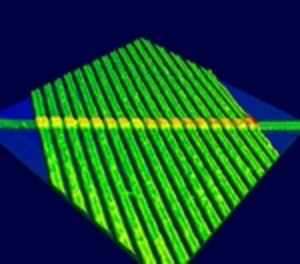What is the Singularity? Ever hear of Moore’s Law?
If you are reading this blog you probably have. Moore’s Law is an informal law about technological advancement. In a nutshell it states, that every 18 months or so, the power of computers doubles. Computer power has been following this trend for 40 years and it is set to continue following it for another 40 years. The idea of the singularity is, if technology does indeed continue to double at this rate, in another 40 or 50 years the sheer power of the computing systems available will so far surpass mankinds abilities that the formation of an artificial mega intelligence will be impossible to avoid and it will be a new age of evolution. Of course, this new age could go the way of Terminator or we could essentially all become godlike through unimaginable advances in AI, computing power and Nanotechnology. A lot of pieces need to fall into place for it to happen but many people are starting to think it is inevitable.
Don’t agree? Intel thinks the Singularity is a real possibility. Don’t think computers will ever really get that powerful? How about a super computer for your desktop by Cray? While Cray hasn’t released performance specs for this system it is bound to be more powerful than their first super computer. In fact, your common desktop today is roughly two hundred times faster than the first Cray. While this computer still cannot model the entire human brain that doesn’t mean anyone isn’t going to try. IBM’s Blue Brain project plans to model the human brain in its entirety in the next ten years. Is that enough to form a mega intelligence and bring about the singularity? Probably not, but it is getting closer.
The 2008 Singularity Summit is happening this friday. Some of the worlds greatest minds in AI, Nanotechnology, Innovation, and The Singularity will be there. Who knows what interesting ideas will be shared at the conference this year. Typically video’s of the conferences talks are available after the conference for anyone who is interested.
We can’t know for certain what the future holds, like I said, a lot of pieces need to fall into place for the singularity to happen. Will Nanotechnology advance the fastest and allow us to transform humans into fully cybernetic entities thus creating mega intelligent computer systems out of our own consciousnes? Will computers advance to a point where we create true AI? This AI would have access to our vast stores of knowledge, it would have the ability to instantly learn and integrate new knowlege and then could develop new theories based on that knowledge. It would be able to optimize itself, and duplicate itself creating more and more AI’s. These new AI’s could allow the advancement of Nanotechnology to the point where we could join them in their electronic virtual playground if we so chose to. Or maybe neither will happen, due to economic and political stresses. We just don’t know.
I for one welcome our future mega-intelligent overloards.
